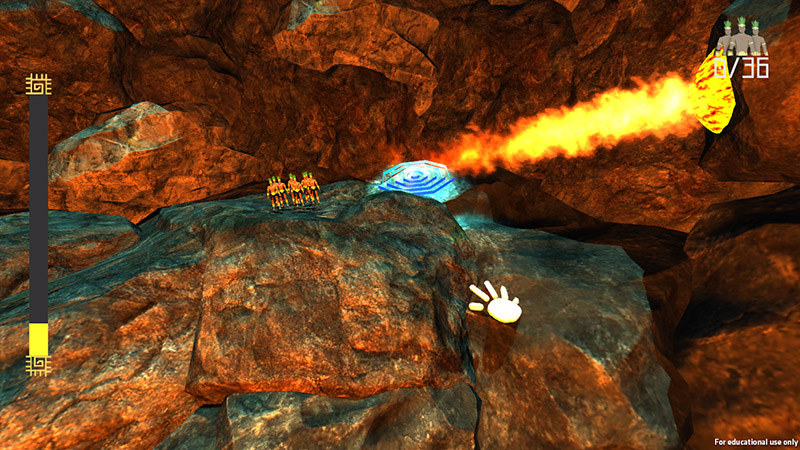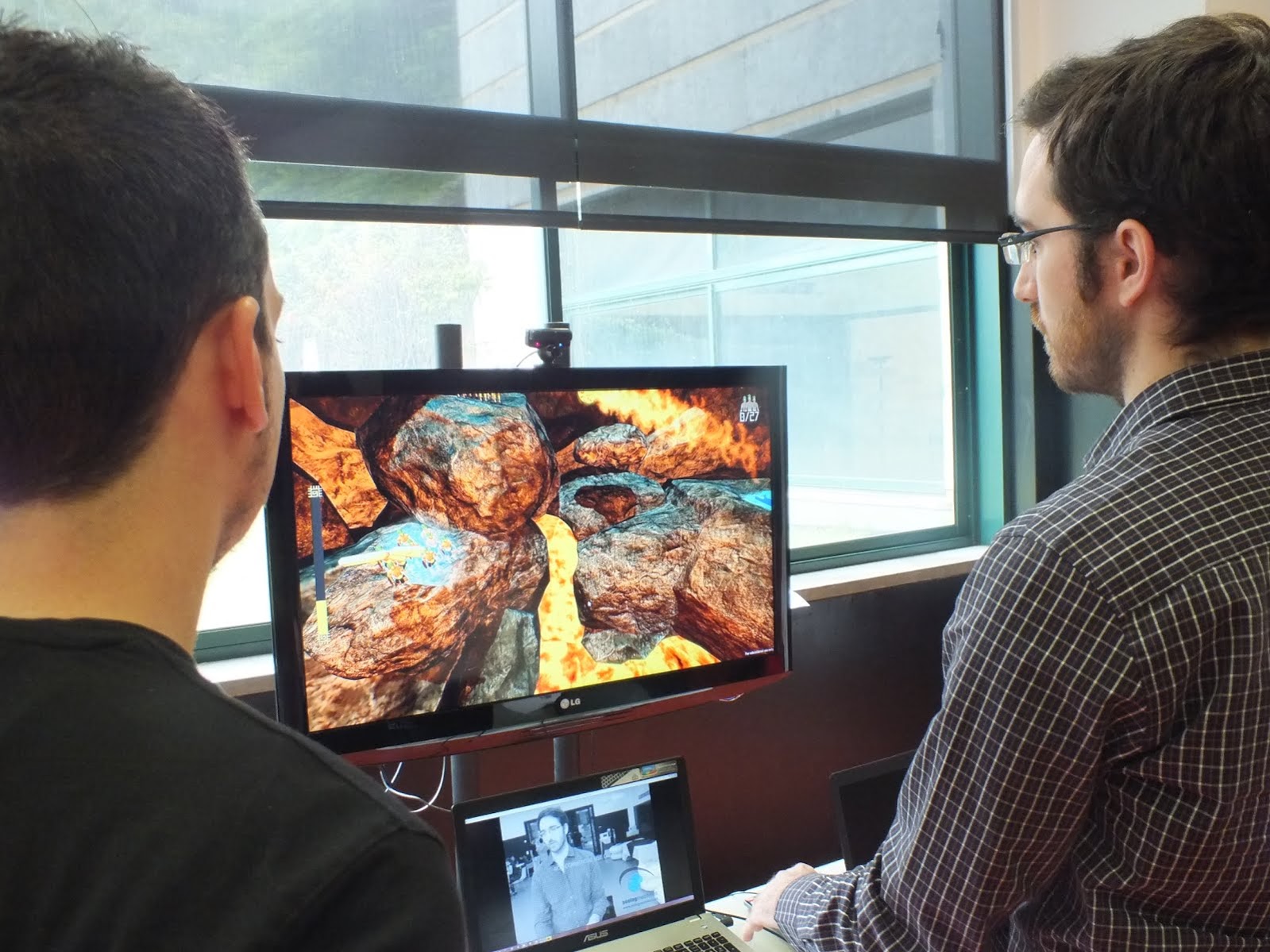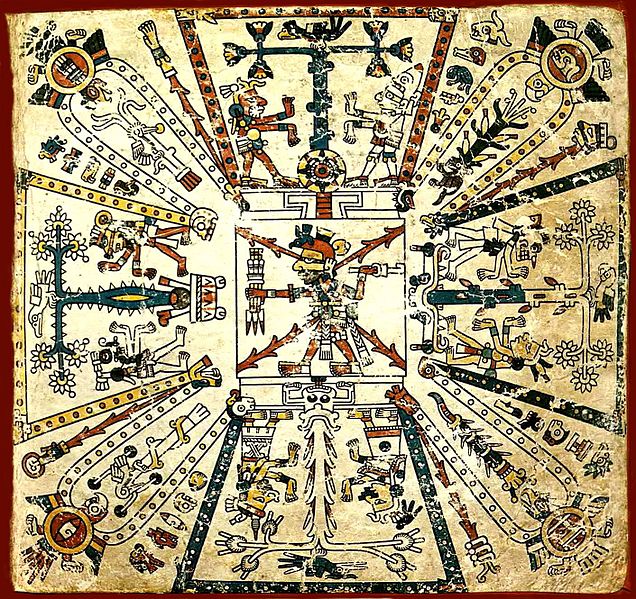Each spring, UX aficionados gather in a different part of the world for CHI, an annual summit focused entirely on the human factors in computer interfaces. For creatives, professionals, academics, and developers on the forefront of next-gen UX, it’s a chance to come together and rally around two tough questions.
First, what tools that exist today can help us evolve the way people interact with technology? Second, how can we iterate upon this arsenal to help transform interaction paradigms from pie-in-the-sky sketches into concrete, real-world solutions to better our health, increase our efficiency, and make us feel inspired?
At this year’s conference in Toronto, UX researcher and designer Sheila Christian, a recent graduate of Carnegie Mellon’s Human-Computer Interaction Master’s Program, joined Madeiran students Júlio Alves, André Ferreira, Dinarte Jesus, Rúben Freitas, and Nelson Vieira to build a Leap Motion experience from the ground up for CHI’s student game competition. Their creation – Volcano Salvation, an Aztec-themed god game using webcam head tracking and Leap Motion control.

Designing Volcano Salvation
In Volcano Salvation, you are Tlaloc, the Aztec god of Thunder, Earthquake, and Rain. Centuries ago, you defeated the evil Fire God Xirimtok and trapped him inside an inactive volcano, but it seems that he has been plotting his escape and the volcano is coming back to life. Your objective is to salvage several bands of Aztec villagers from the boiling lava, scooping them up from peril and into the safety of the escape portal.
Built in Unity over the course of five weeks, Volcano Salvation lets you change your perspective in the game by turning your head from side to side. This approach to camera controls – facial recognition via webcam – makes it easy for the player to focus on the hand interactions. The game’s pacing and layout design ensure that players don’t need to turn their heads too quickly, or look up or down.

Creating a design aesthetic
Our team was introduced to the device by our professors for a game design course. Within the first few minutes, we were already coming up with a bunch of ideas for how we could make games using the controller. The Leap Motion Controller is inherently fun to use, which makes it great for game design. One benefit for our design challenge was that, since it is a relatively new technology, there was a lot of room for us to experiment with new types of interactions.
We started out considering a volcano theme, since volcanos are inherently exciting, and we come from Madeira, which is a volcanic island! We also thought about something involving gods or mythology, since the hands-free interaction with Leap Motion carries a sort of sense of magic. The combination of volcanoes and ancient mythology led us straight to the Aztecs. We chose the colors based on Aztec images we found, and developed the plot by making up a story that combined the setting with the common theme of good vs evil.
— Sheila Christian
At the final presentation round, Sheila and her team discovered they were not alone in their choice to integrate Leap Motion into their interaction flows, with Team Chorlody bringing their sonic exploration game to the table. Volcano Salvation went home with the game competition’s Innovative Interface Award.
In the near future, the team is planning to post the source online for developers to play with and build upon. Since it was built earlier this year with the V1 SDK, some aspects of the core interaction have the potential to be updated with our new Unity assets. In the meantime, you can download the game here to try it at home. (Sorry Mac users, Windows only.)


[…] out the blog post about our project on the Leap Motion […]
June 9, 2014 at 7:07 pm[…] Built in Unity over the course of five weeks, Volcano Salvation lets you change your perspective in the game by turning your head from side to side. This approach to camera controls – facial recognition via webcam – makes it easy for the player to focus on the hand interactions. […]
June 15, 2014 at 3:00 pm[…] Volcano Salvation for the CHI 2014 Student Games Competition, Team Chorlody arrived at the conference with a simple […]
June 18, 2014 at 8:00 am